I'm struggling for an answer to part (c), I can do the first two questions.
I know that \$i_C = \beta \times i_B\$, however, I don't know how to calculate the maximum current gain of the unsaturated transistor.

I'm struggling for an answer to part (c), I can do the first two questions.
I know that \$i_C = \beta \times i_B\$, however, I don't know how to calculate the maximum current gain of the unsaturated transistor.
Recall that a BJT is saturated when both the base-emitter (BE) and the base-collector (BC) junctions are forward-biased (and not when "current flows freely from the collector to the emitter", which is a meaningless definition). Recall also that the relationship \$I_\mathrm{C} = \beta I_\mathrm{B}\$ is valid only in the active region, that is, when the BE junction is forward-biased and the BC junction is reverse-biased.
In your circuit the BE junction is always forward-biased, and the base current is approximately constant whatever the value of \$\beta\$. The BC junction, instead, can be either reverse- or forward-biased according to the value of \$I_\mathrm{C}\$, which defines the collector-to-base voltage \$V_\mathrm{CB}\$.
A way to solve point c) is then the following:
But of course, you can also solve the problem the other way round:
In principle, the two ways are equivalent: you assume a condition, saturation or active region, and then you check for which values of \$\beta\$ the condition holds. In practice, however, one way is much shorter (which one and why?).
so, from part (a), you know what \$i_B\$ is and what \$i_C\$ is.
from the result of (a) and from part (b), you know what \$v_{CE}\$ and then \$R_C\$ are.
now using your definition of saturation, which is "current flows freely from collector to emitter", translate that to \$v_{CE} = 0\$, which might be overstating the case, but not by too much. is \$i_B\$ affected by this? calculate what \$i_C\$ is in this case.
from that and what Tom said about saturation: \$ \beta \ i_B \ge i_C \$, you can calculate your minimum \$ \beta \$. (or is it maximum \$ \beta \$ you want??)